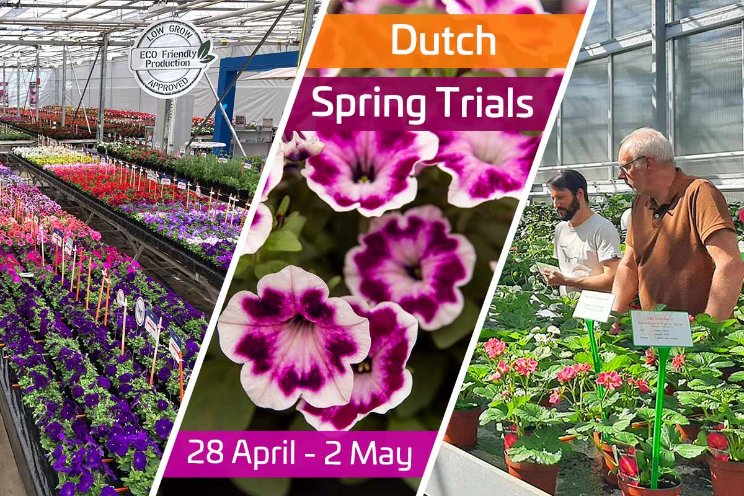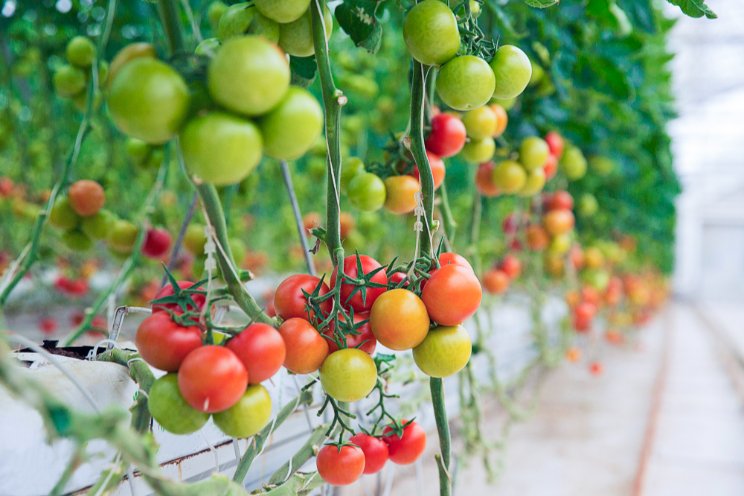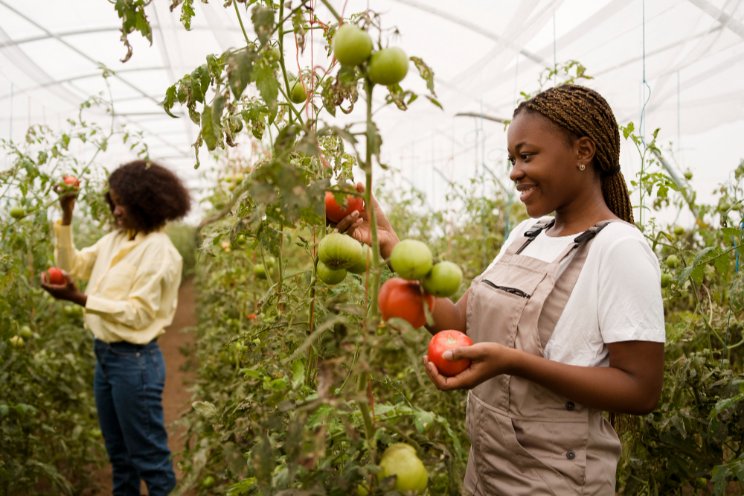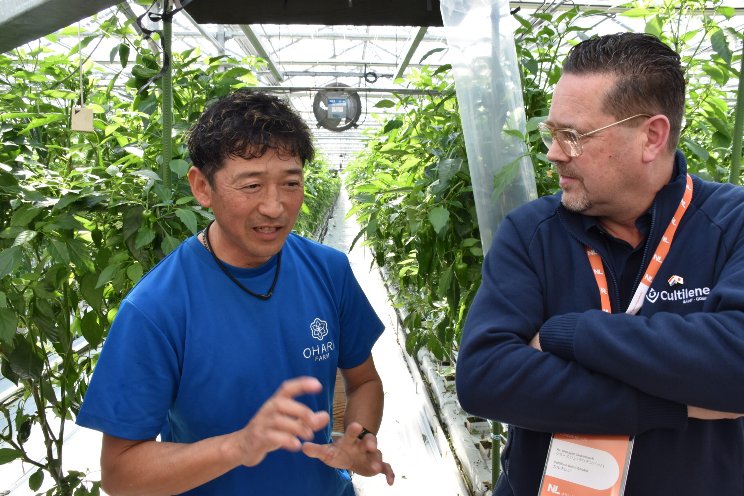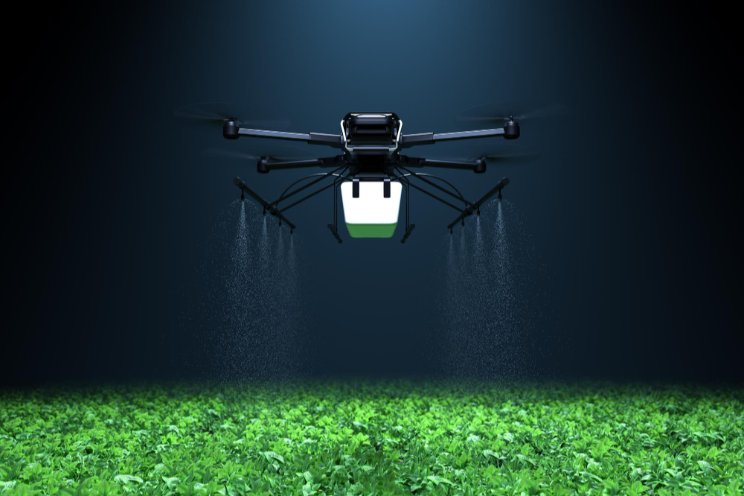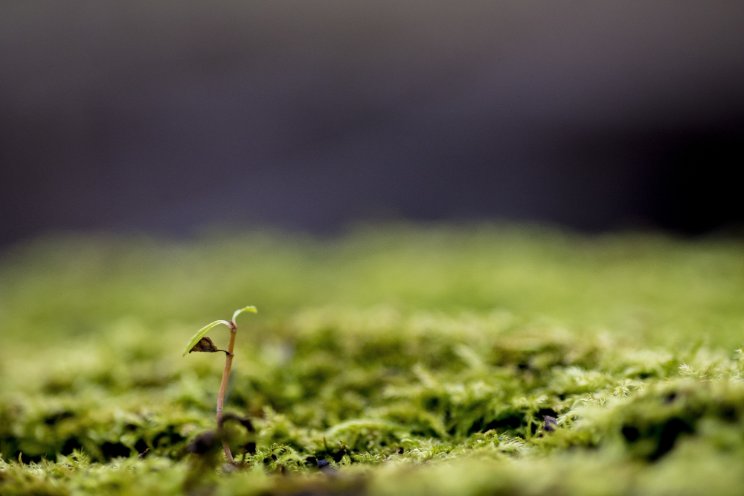How to manage rising energy costs with VF tech
Added on 03 January 2023

The sector has been shaped by various developments, including an increased awareness of climate change, tighter environmental legislation and government schemes incentivising renewable energy. Keeping energy consumption down helps companies deliver against the UN’s sustainable development goals (SDG) and internal environmental, social and governance (ESG) targets. This helps generate real financial value and increases business resilience–especially in the current social climate.
However, the current unprecedented rise in energy costs has presented the CEA sector with its greatest challenge yet. Plus, problems have been compounded by global political instability, localised shortages and storage issues. Across the world, the price of oil, gas and electricity is rising, and even those companies reliant on renewables have seen energy prices spike.
For large-scale growers, there’s an obvious conflict. Many struggle with keeping production high without increasing energy consumption. More energy means significantly increased costs, missed environmental targets and damage to a hard-won reputation for sustainability.
So what can CEA and glasshouse growers do to remain productive, financially viable, and meet their ESG targets in the current climate?
Not all controlled environments are created equal
Built outside with exposure to natural light, conventional glasshouse farms have to balance the competing demands of light transmission, heat loss, and cost when choosing glazing materials. Air leakage is also a real issue, causing between 5 and 40% of heat loss from glasshouse systems.[1]
Photo Courtesy of IGS
More news
